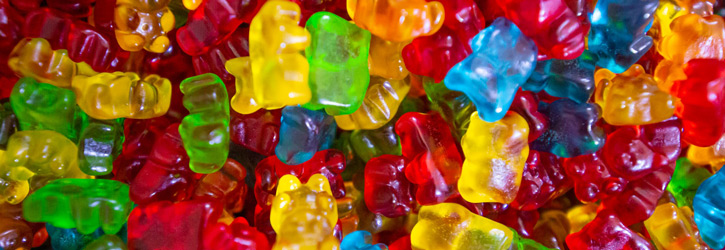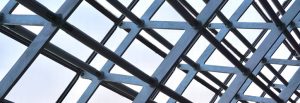
The Basics of 3D Printed Edibles
3D printed food is still a very young industry. It still needs a broader adaptation from professionals and regular consumers. In this year, however, there are already exclusive 3D printing restaurants and dozens of food printers available on the market. The foods that can be 3D printed are limited to the processes available. Material extrusion is still the most common process for 3D printing food, and like FDM printing, requires paste-like inputs like purées, mousses, and other viscous foods such as chocolate ganache. However, there are possible combinations between doughs, mashes, cheeses, frostings, and even raw meats.
How does a food 3D printer work?
It works like a regular FDM 3D printer where a viscous material is deposited onto a surface to create a final object. On the other hand, binder jetting and SLS work with powdered foodstuffs, though it’s still debatable if these are viable for food printing. With most machines the raw material is fed into a syringe-like container and extruded as the nozzle is moved around to trace shapes and form 2D layers one at a time.
Do food 3D printers cook the food?
They do not actually cook the ingredients, but are more for architecting intricate shapes and designs. Usually, the food is ready to eat or needs to be cooked in an oven or grill when the 3D printing is done. An exception is the PancakeBot which does everything but the flipping. Ingredients can be any paste or semi-liquid state that could be turned into the right consistency for 3D printing. This includes salty foods like puréed vegetables, batters, doughs, cheeses, and sweets such as jellies, frostings, sugar decorations, chocolate, and mashed fruits.
Food 3D printers are mostly used for gourmet dining like in molecular kitchens or fancy bakeries. Edible wedding cake decorations and pizzas have been 3D printed. Plant-based meat is being 3D printed, too. Actually, the best chances of finding 3D printed food are in 3D printing events or culinary conventions such as 3D food printing conferences, as this is still a new technology.
The benefits and drawbacks of 3D printed food may concern many. On the positive side, there’s the freedom to create complex, intricate shapes and geometries that are impossible to reproduce manually or would take an extraordinary long time. Edibles are safe to consume provided that the machine and environment are clean. Meals can be personalized or customized and can be easily reproducible.
Downsides of 3D printed food are its time-consuming facet if complex or detailed designs are involved, the cost of the machine and some consumables; also is the length of training time and the preparation time required in pre-cooking and pre-processing of materials.



